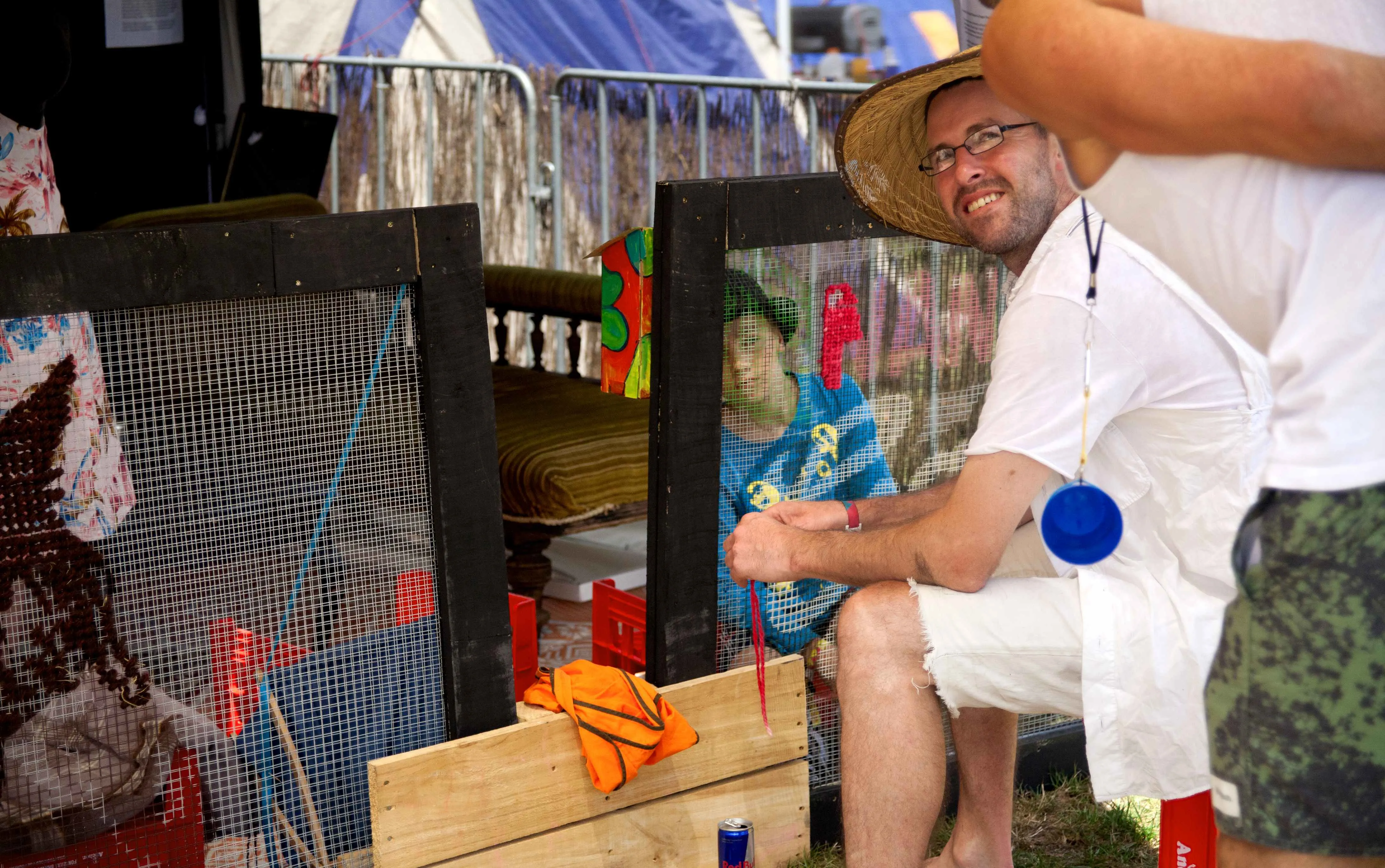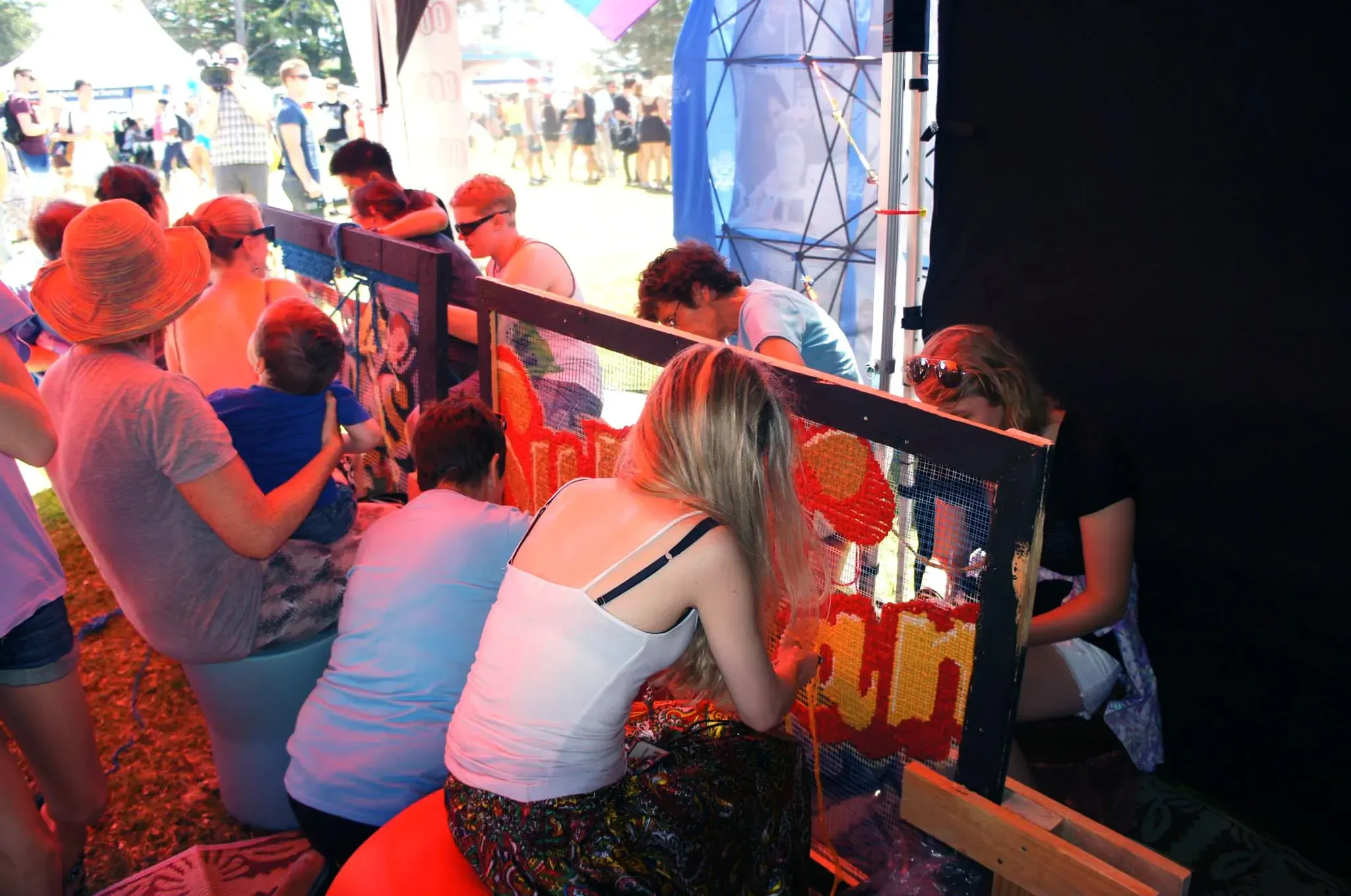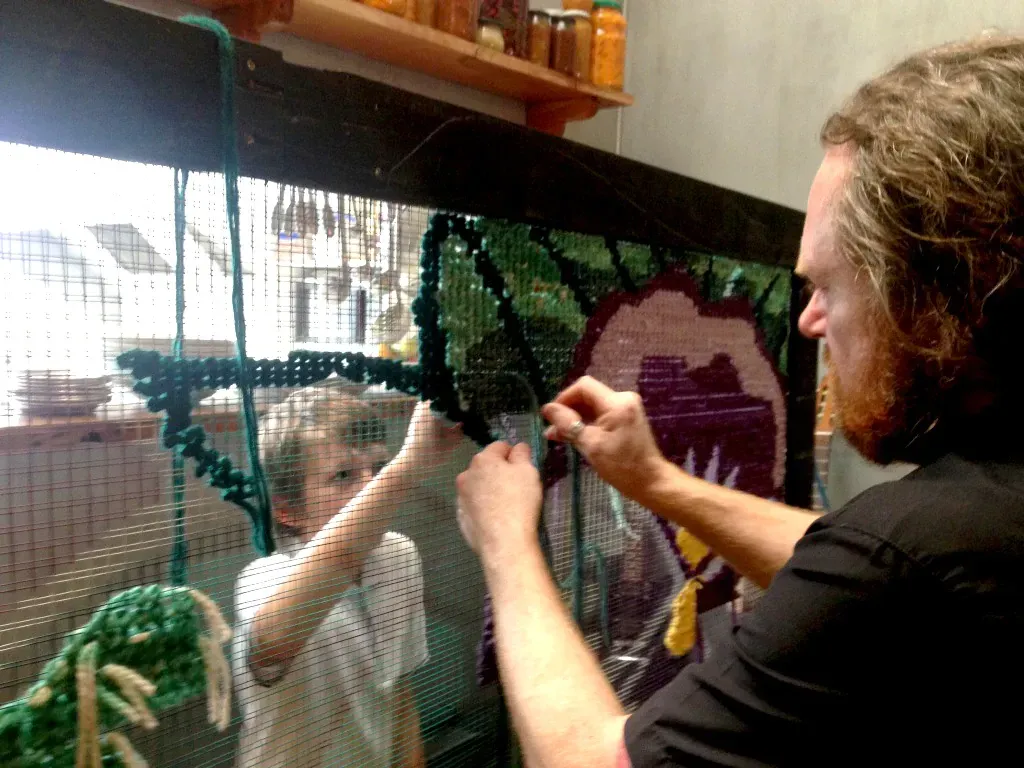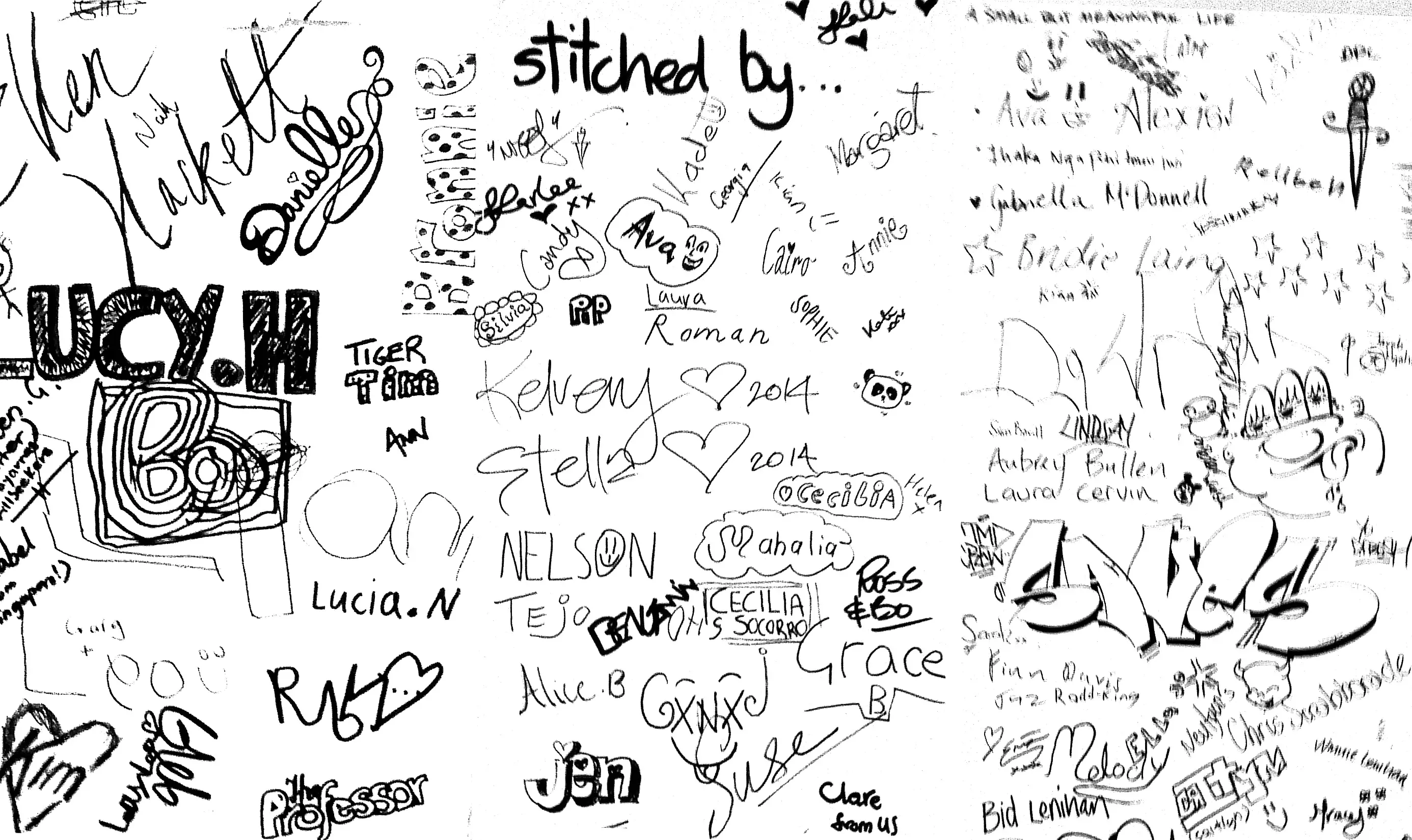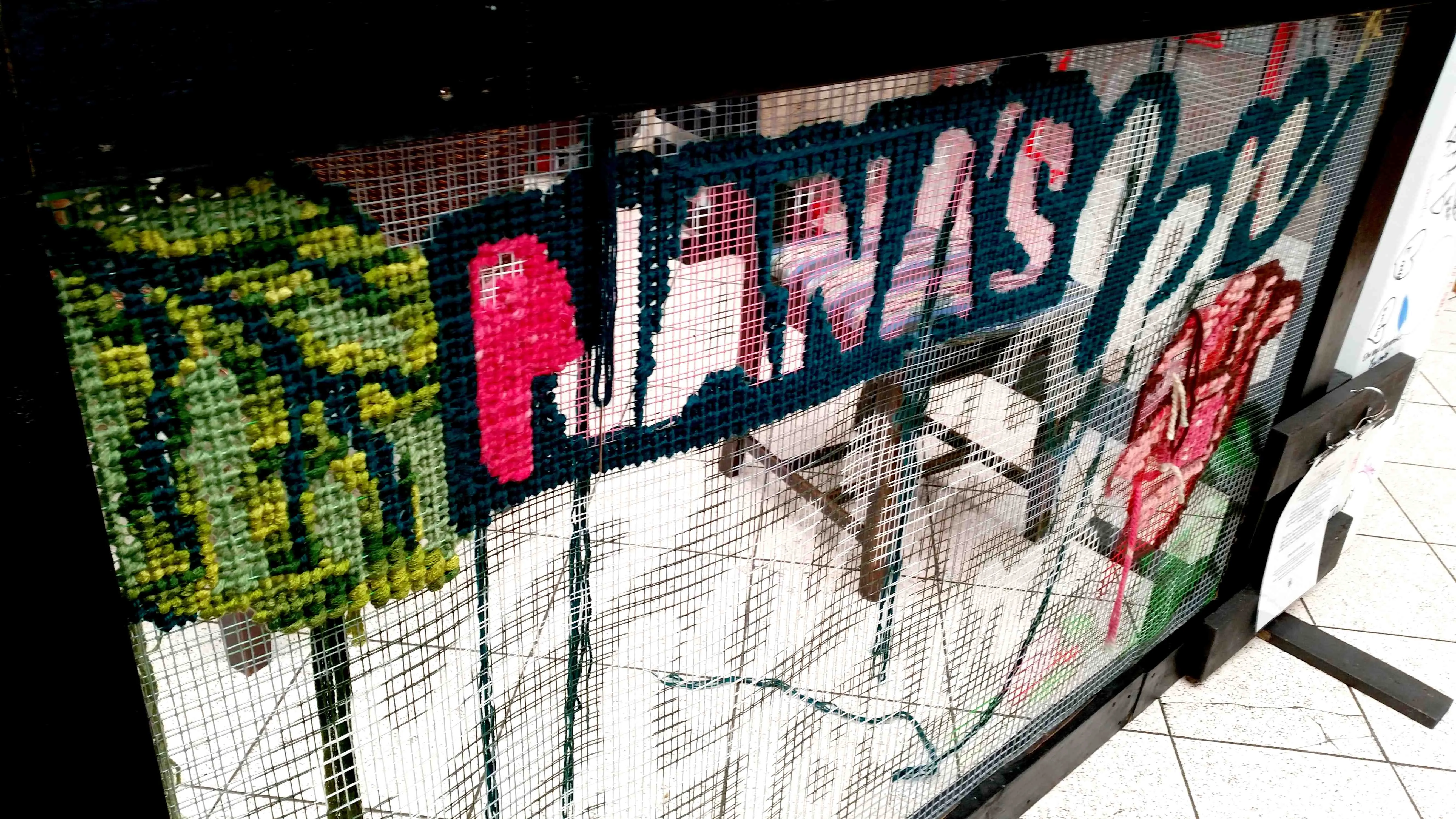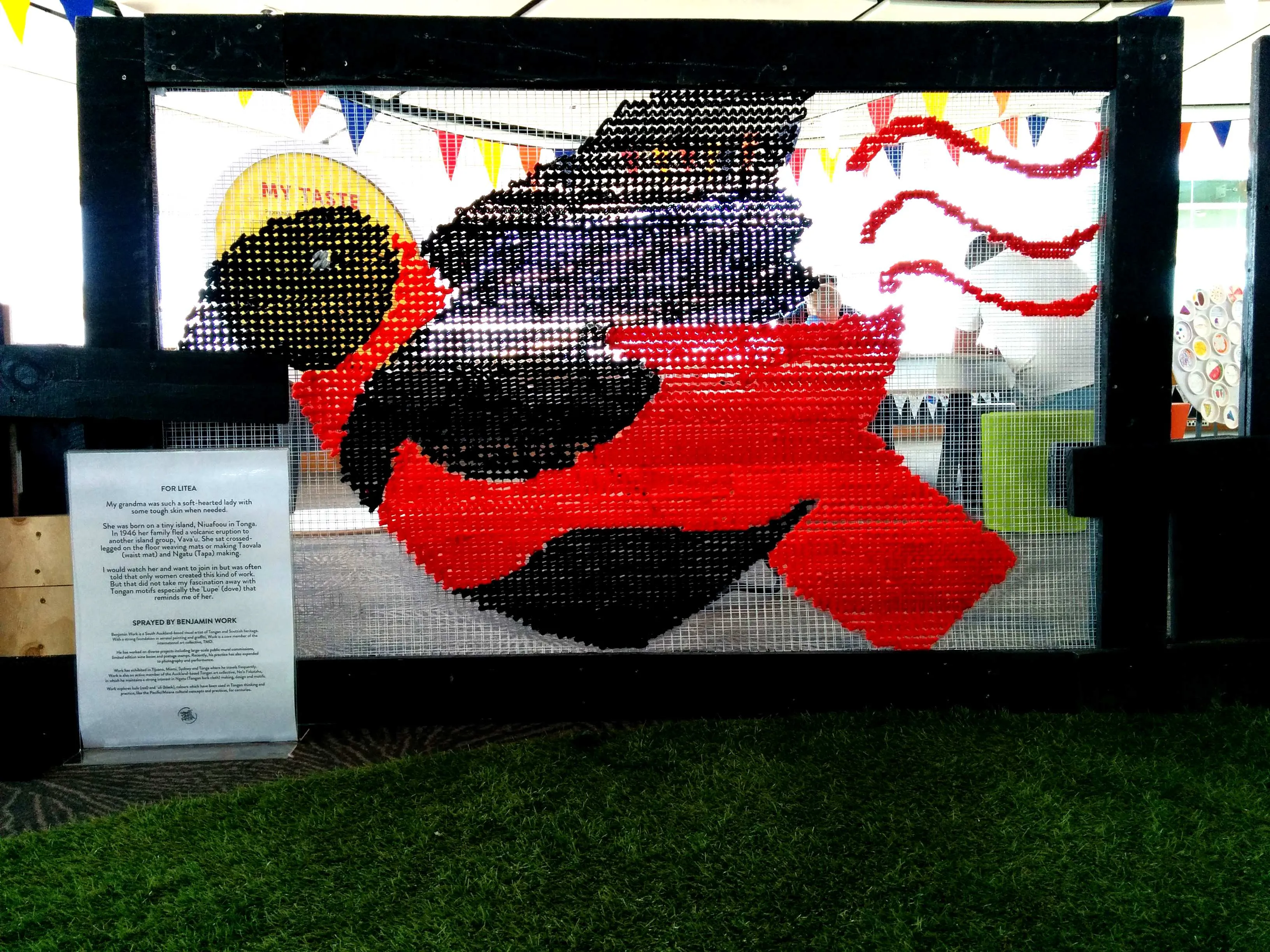Making a place in craft
Written by
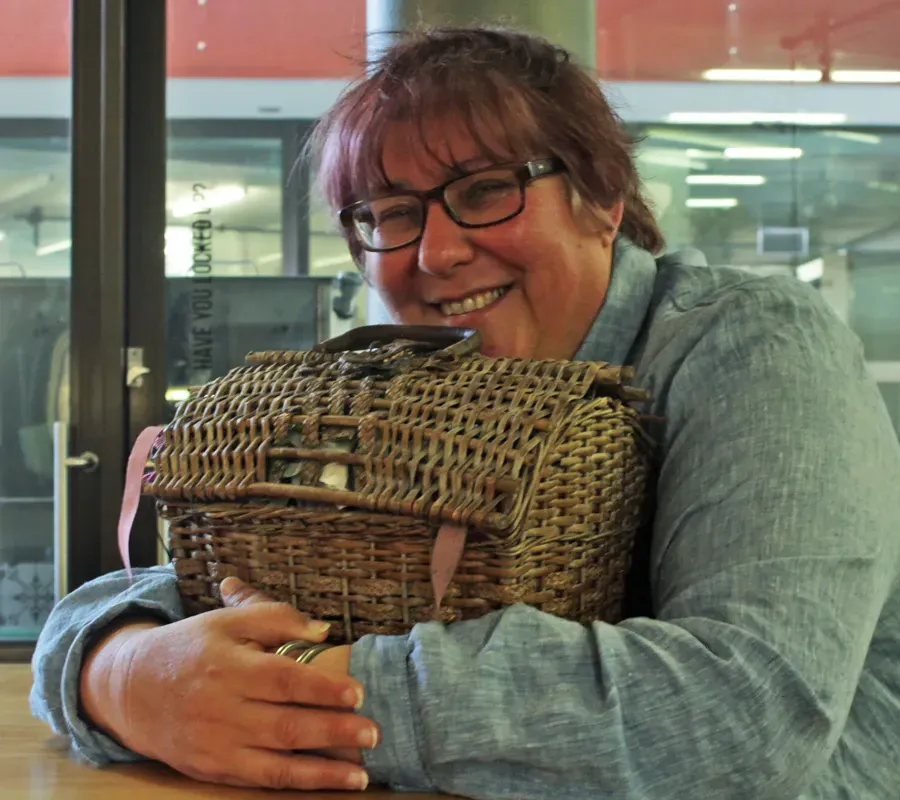
Urban artist and The Big Idea stalwart Margaret Lewis is one of six New Zealand artists speaking at the 4th Making Futures International Research Conference in England this month.
Urban artist and The Big Idea stalwart Margaret Lewis is one of six New Zealand artists speaking at the 4th Making Futures International Research Conference in England this month.
The Plymouth College of Art conference explores contemporary craft and maker movements as 'change agents' within 21st century society.
Margaret will be talking about craft and her placemaking project the street loves nana as an example of connecting communities at a grassroots level.
Regenerating communities is one of three themes, along with global sustainability and social entreprenuerialism, being discussed at the conference.
Artists, craftspeople, designer-makers, Fab-Lab and maker movement enthusiasts, campaigners and activists, curators and theorists will also consider:
- What it means 'to make' and its future significations - personally, artistically, economically, politically.
- 'Making's' impact on sustainable agendas, its subversion of mass consumption, its relation to new technologies, its contribution to community and 'place-making', and to the possible emergence of new political economies.
- The notion of "the (re)turn of the maker" through examples of material thinking-in-action that seek to address our increasingly uncertain futures.
Margaret's presentation is part of a workshop exploring the tools and methods for 'crafting communities' and 'making places' in our post-global / post-localism era.
Her talk describes the growth of her crowd-funded project the street loves nana from an installation on the Arts Trail at Splore to a work that surprises and delights the communities that it 'pops up' in and has had hundreds of people help make it happen.
Curator, Producer and Street Artist Ross Liew says, the street loves nana
"is based on community action and effort. ..It reinterprets a familiar yet fading knowledge into a contemporary context. ...Hers is an invitation to participate in the very making of the work; without the audience who become active collaborators, the work would not exist."
the street loves nana invites people to help stitch a fence. Set up in public spaces around New Zealand, it combines the urban cool of street art (provided by NZ's leading street artists) with the 'nanaish' skill of tapestry, sewn on chicken wire and invites anyone to contribute as a stitcher.
Her presentation talks about how a simple stitching project can produce multiple outcomes through its design and execution in the context of community cultural and social development.
Through this project she seeks to contribute to:
- Encouraging connection that helps reduce barriers between the elderly and younger generations.
- Exploring the innate need for people to make – especially with their hands.
- Addressing the risk that 'excellence in making' and 'skill in handcraft' are being lost - enticing a younger generation to acquire the skills to continue these traditions.
- Encouraging confidence in creating. People can feel excluded from the right to create – believing it is the preserve of artists. Building on the democratic traditions of both street art and embroidery, participants can see how 'easy' it can be to create original work.
But the project doesn't end there. The next stage is to explore how a project like this can produce a meaningful work and processes for a local community by involving them in co-creating the end-to-end process:
- To build a 'project community' drawn from both residents of an area, local street artists, experienced stitchers (from a stitcher's guild), and social agencies.
- To explore an issue of significance to that community.
- To engage the community to participate in making the work.
- To map out how that issue will be addressed to move it forward.
